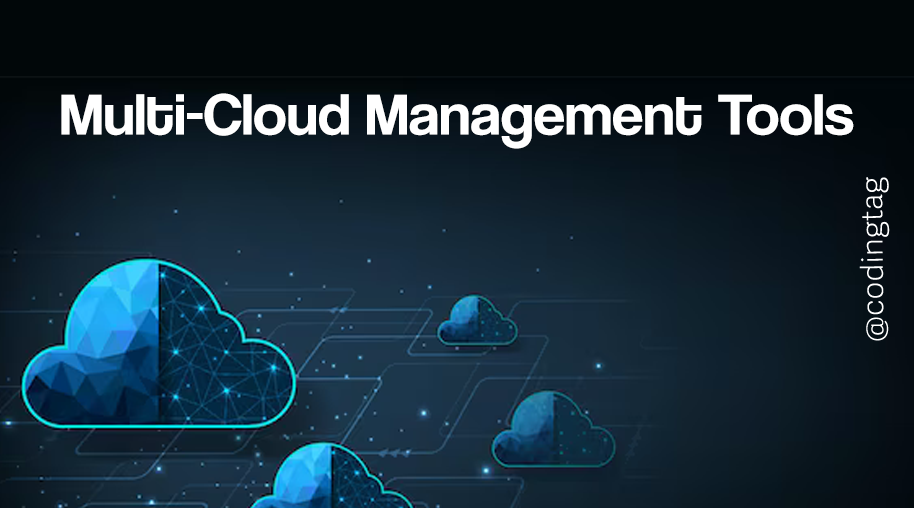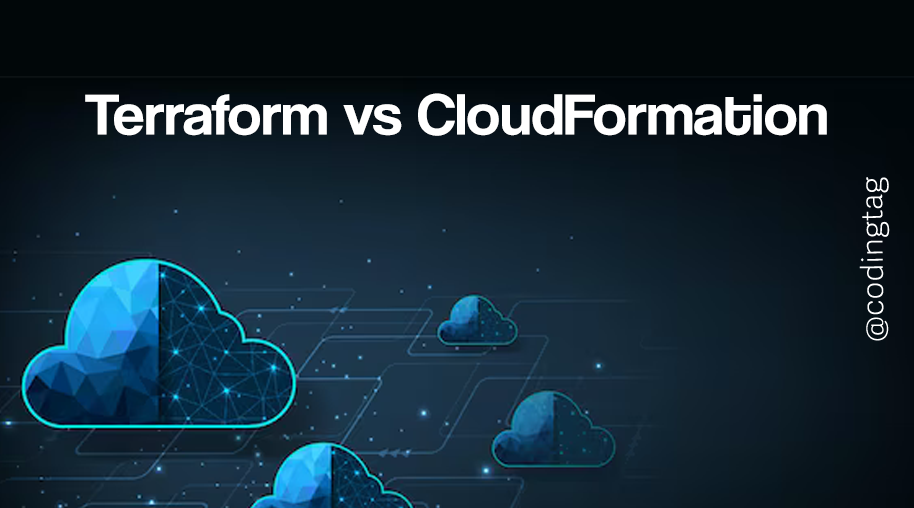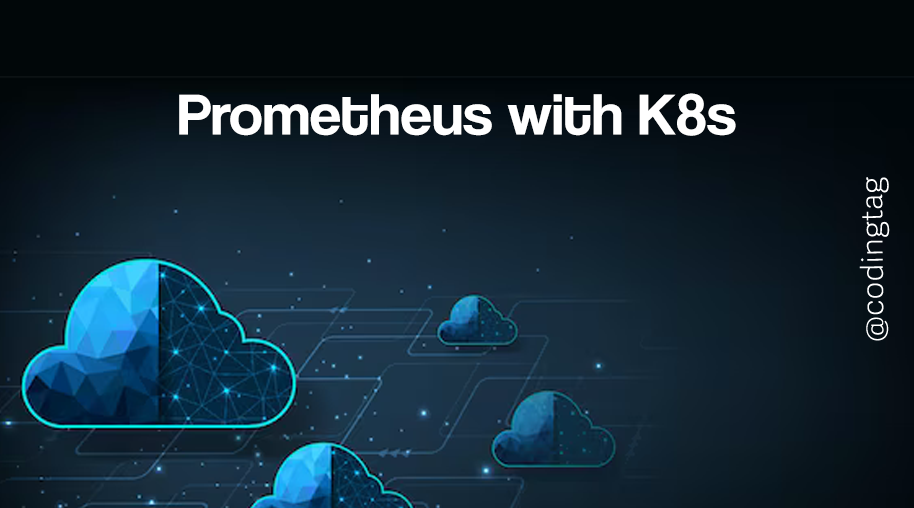Logs vs Metrics vs Traces
0 651
Logs vs Metrics vs Traces
In modern observability, especially in cloud-native and microservices-based architectures, three core pillars help us understand system behavior: Logs, Metrics, and Traces. Each plays a unique role in identifying issues, tracking performance, and debugging complex systems.
In this content, we'll break down the differences between them and explore how they work together.
📝 What Are Logs?
Logs are timestamped records that describe events or actions that occurred in your systems. They can be generated by applications, servers, containers, or third-party services. Logs are often unstructured (plain text or JSON) and provide in-depth context about errors, debug statements, or process flow.
Use Case: Investigating a server error or failed login attempts.
{
"timestamp": "2025-06-12T09:33:00Z",
"level": "ERROR",
"service": "auth-service",
"message": "User authentication failed for userId=1234"
}
Logs help answer what exactly happened in the system and are essential for root-cause analysis.
📏 What Are Metrics?
Metrics are numeric data points collected over time that represent the state or performance of a system. They’re lightweight, structured, and ideal for monitoring trends, system health, and usage patterns.
Use Case: Tracking CPU usage or number of requests per second.
Metric Name: api.requests.count Value: 1 Timestamp: 2025-06-12T09:35:00Z Tags: method=POST, endpoint=/login, status=200
Metrics help you monitor system behavior over time and quickly alert on anomalies using thresholds.
🔍 What Are Traces?
Traces track the flow of requests through distributed systems. A single trace shows how a request passes through various microservices, APIs, or databases — from start to finish. Traces are typically visualized in a timeline format and are crucial for identifying latency bottlenecks.
Use Case: Finding where a request slows down across microservices.
Trace ID: abc123 Span 1: Service A → Service B (150ms) Span 2: Service B → DB Query (400ms) Span 3: Service B → Service C (90ms)
Traces answer where the delay occurred and are critical in understanding distributed system performance.
📊 Logs vs Metrics vs Traces: A Quick Comparison
| Aspect | Logs | Metrics | Traces |
| Format | Text/JSON | Numeric (Time-series) | Span-based timeline |
| Use | Debugging, auditing | Monitoring, alerting | Latency analysis, request flow |
| Granularity | Detailed, verbose | Aggregate, summarized | Request-level, end-to-end |
| Storage | High-volume, large size | Compact, low storage | Medium, depends on trace depth |
🧪 Example: Using All Three Together
Let’s say a user reports that their request to your e-commerce checkout is taking too long. Here’s how each tool helps:
- Metrics: Show that request latency spiked at 10:02 AM.
- Traces: Pinpoint that the payment-service caused a 2-second delay.
- Logs: Reveal a database connection error inside the payment-service.
Together, these tools reduce your mean time to detection (MTTD) and mean time to resolution (MTTR).
🛠 Tools Supporting Logs, Metrics, and Traces
- CloudWatch: AWS-native observability platform supporting all three pillars.
- Prometheus + Grafana: Popular open-source combo for metrics visualization.
- ELK Stack (Elasticsearch, Logstash, Kibana): Powerful for log analysis.
- Jaeger / OpenTelemetry: Distributed tracing frameworks for microservices.
🔐 Best Practices
- Tag all observability data with consistent identifiers (e.g., user ID, request ID).
- Limit log verbosity in production to avoid performance issues.
- Use anomaly detection in metrics for smarter alerts.
- Centralize and correlate all observability data for faster diagnosis.
✅ Conclusion
Logs, Metrics, and Traces are foundational elements of any modern monitoring strategy. While each has a distinct role, they work best when used together to offer a holistic view of your application’s health and behavior.
Whether you're debugging production issues, optimizing performance, or ensuring SLA compliance — combining all three will give you the observability edge needed in today's complex systems.
If you’re passionate about building a successful blogging website, check out this helpful guide at Coding Tag – How to Start a Successful Blog. It offers practical steps and expert tips to kickstart your blogging journey!
For dedicated UPSC exam preparation, we highly recommend visiting www.iasmania.com. It offers well-structured resources, current affairs, and subject-wise notes tailored specifically for aspirants. Start your journey today!

Share:







Comments
Waiting for your comments